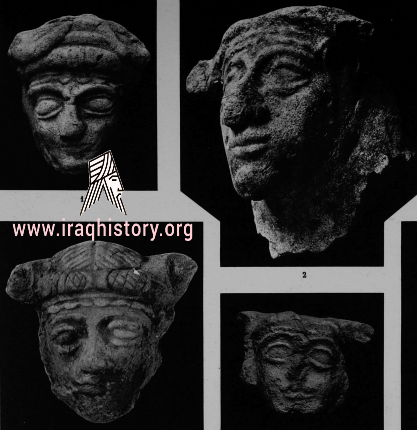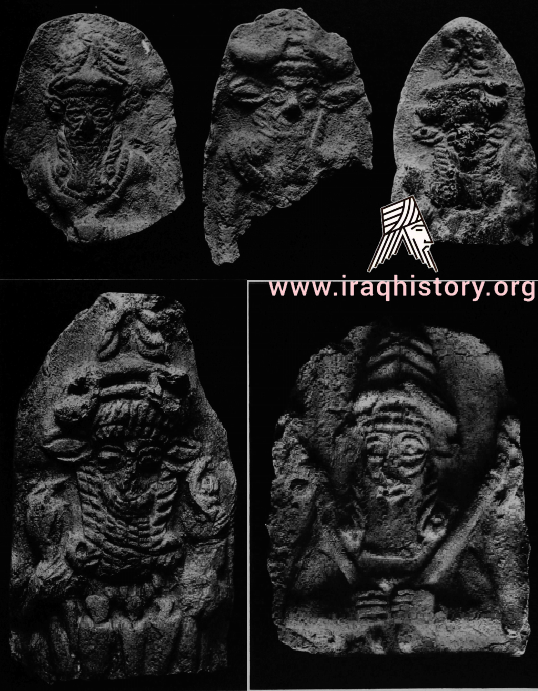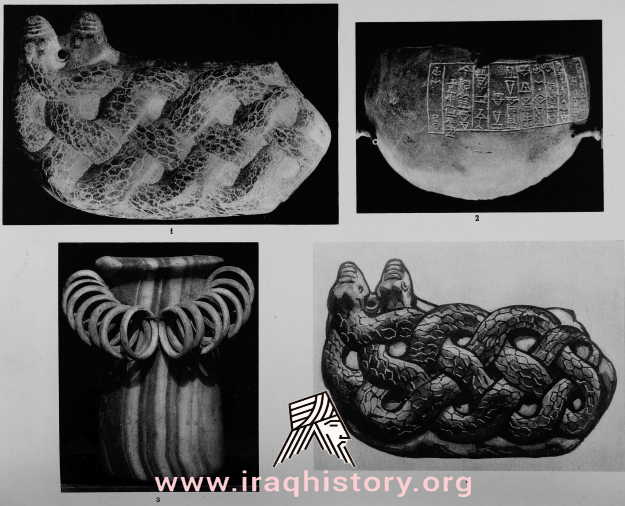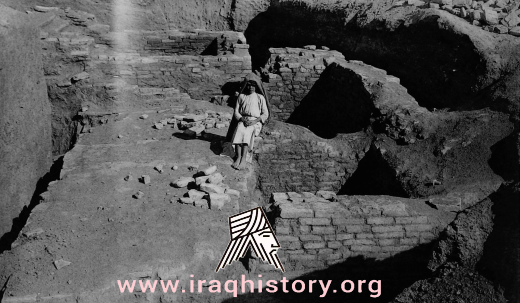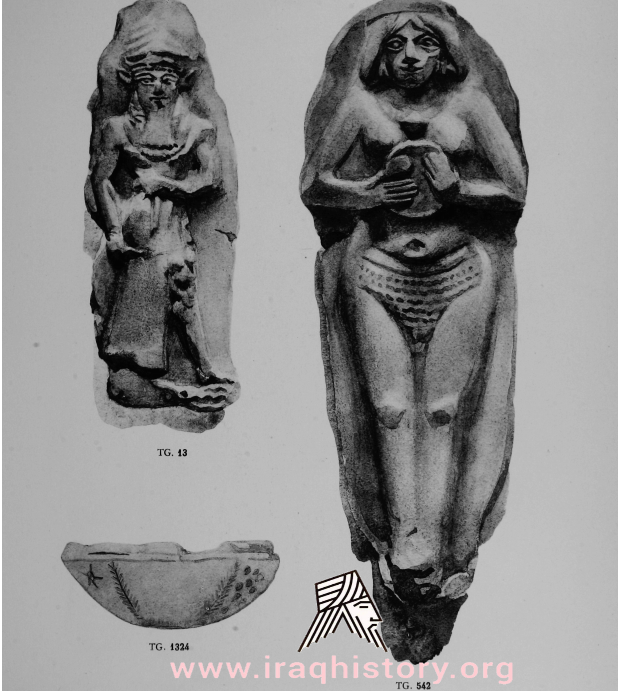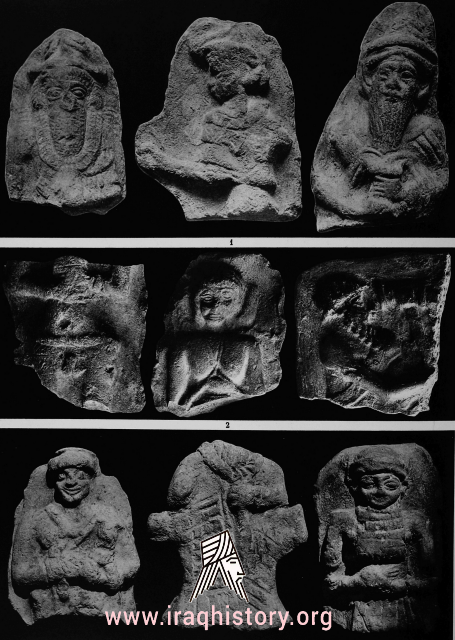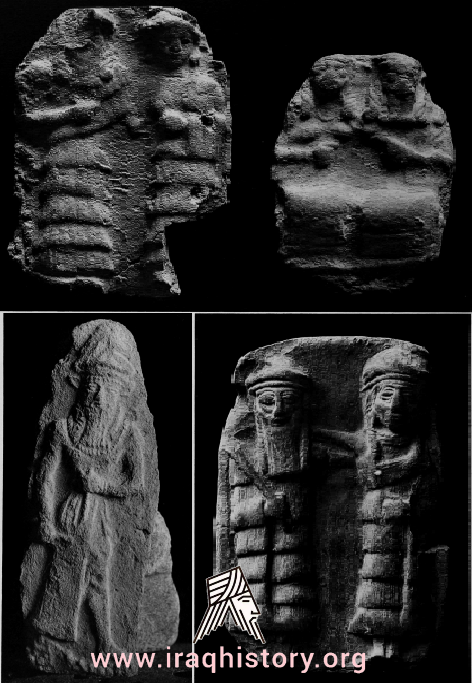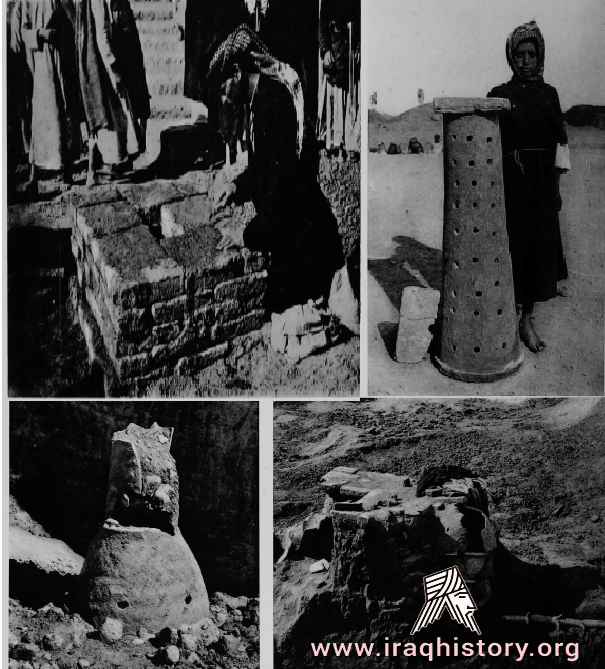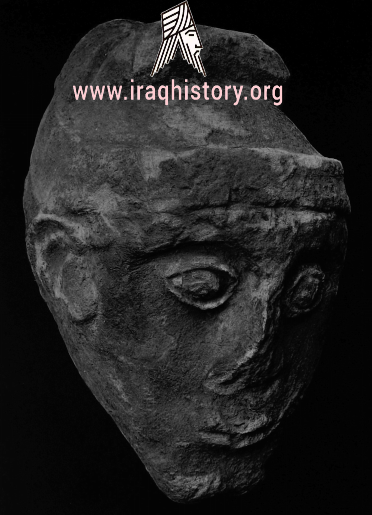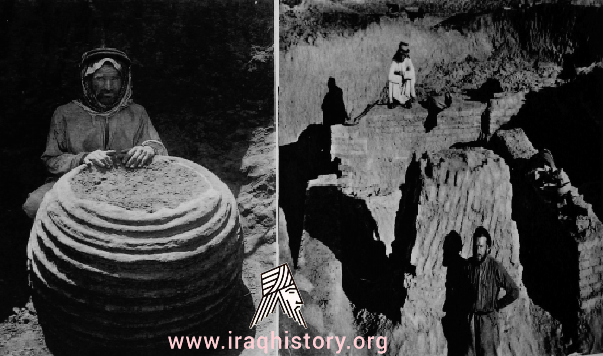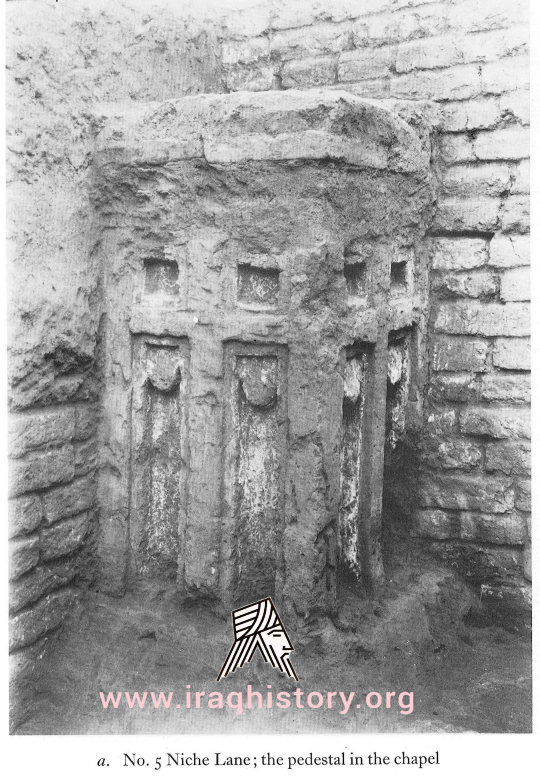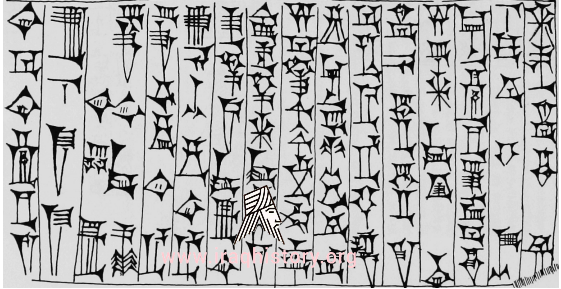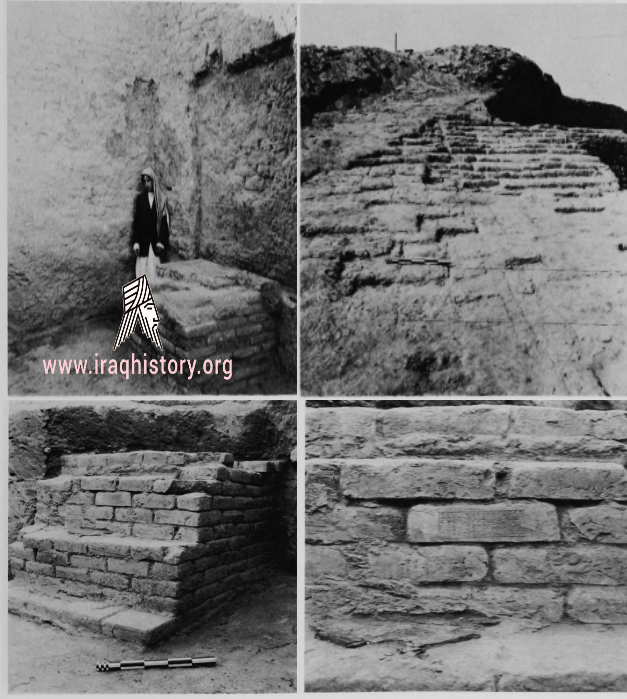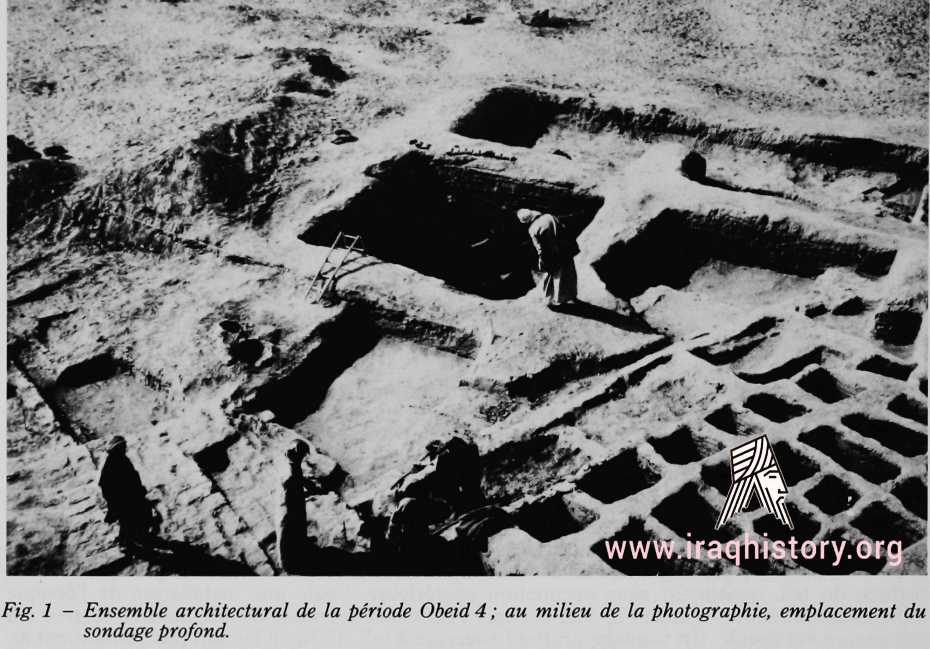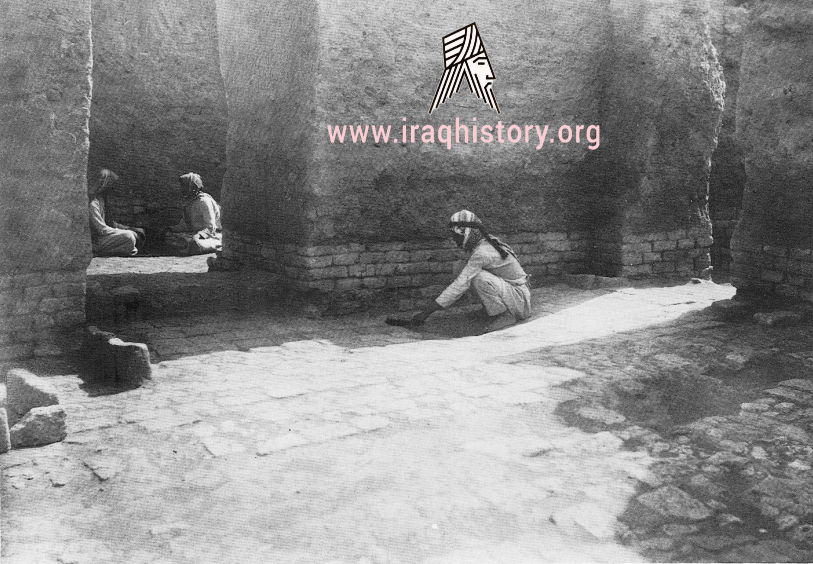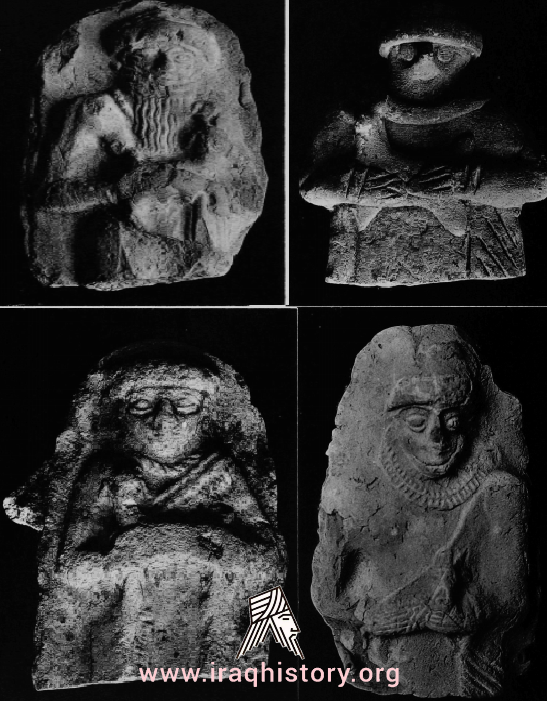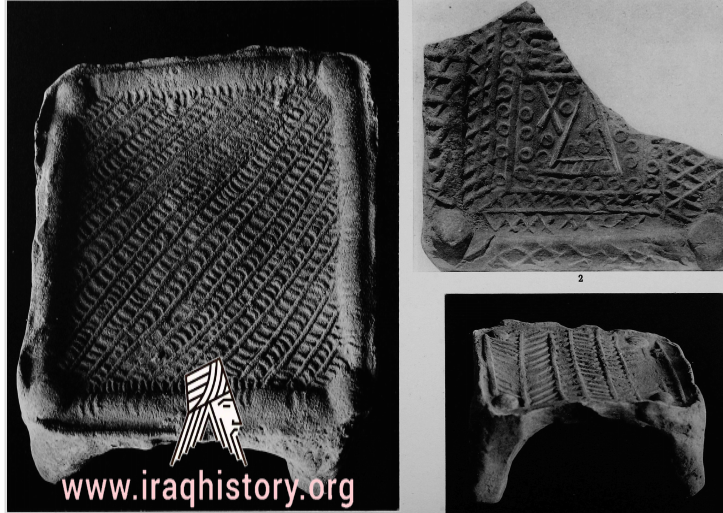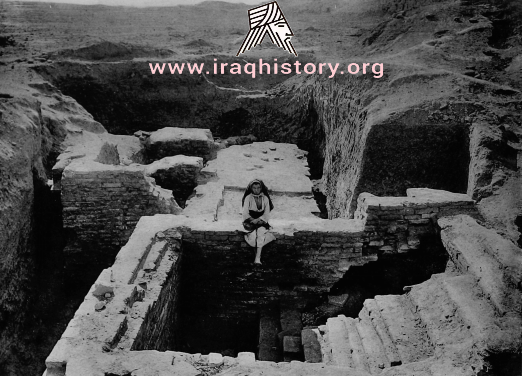Larsa was an important city-state of ancient Sumer, the center of the cult of the sun god Utu with his temple E-babbar. It lies some 25 km (16 mi) southeast of Uruk in Iraq’s Dhi Qar Governorate, near the east bank of the Shatt-en-Nil canal at the site of the modern settlement Tell as-Senkereh or Sankarah. Larsa is thought to be the source of a number of tablets involving Babylonian mathematics, including the Plimpton 322 tablet that contains patterns of Pythagorean triples.
The first modern, scientific, excavation of Senkereh occurred in 1933, with the work of André Parrot.Parrot worked at the location again in 1967. In 1969 and 1970, Larsa was excavated by Jean-Claude Margueron. Between 1976 and 1991, an expedition of the Delegation Archaeologic Francaise en Irak led by J-L. Huot excavated at Tell es-Senereh for 13 seasons. The primary focus of the excavation was the Neo-Babylonian E-Babbar temple of Utu/Shamash. Floors and wall repairs showed its continued use in the Hellenistic period. A tablet, found on the earliest Hellenistic floor, was dated to the reign of Philip Arrhidaeus (320 BC). Soundings showed that the Neo-Babylonian temple followed that plan of the prior Kassite and earlier temples. Numerous inscriptions and cuneiform tablets were found representing the reigns of numerous rulers, from Ur-Nammu to Hammurabi all the way up to Nebuchadnezzar
